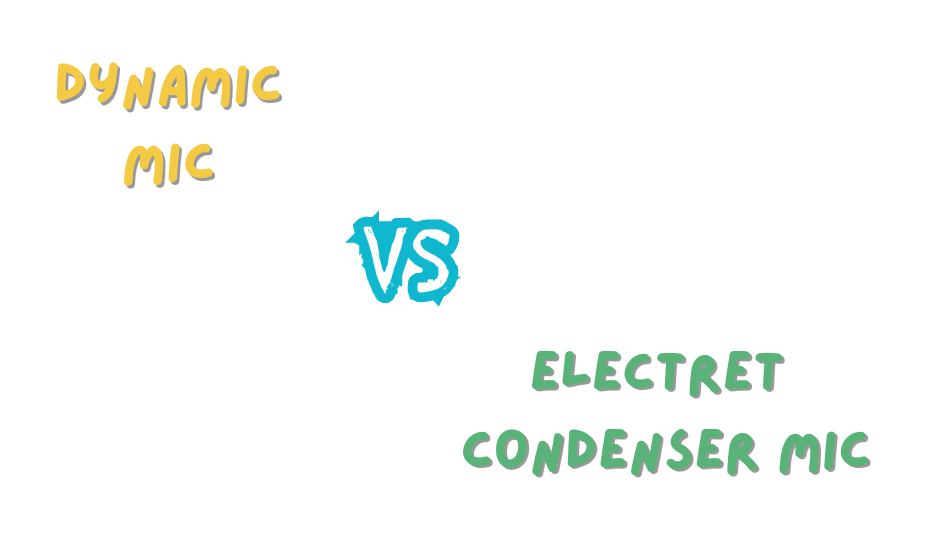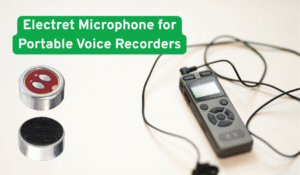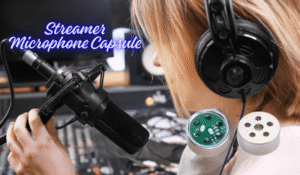
When it comes to audio recording, the choice of microphone is crucial for achieving optimal sound quality. Among the myriad of options available, two types stand out: dynamic microphones and condenser microphones. Understanding the differences between these two types is essential for selecting the right microphone for your needs.
Table of Contents
Dynamic Microphones
Dynamic microphones operate on a simple principle of converting sound waves into electrical signals. They use a diaphragm attached to a coil, which vibrates within a magnetic field, generating an electrical current. This design makes dynamic microphones robust and capable of handling high sound pressure levels, making them ideal for live performances, karaoke, and environments with high ambient noise.
Condenser Microphones
In contrast, condenser microphones utilize variations in capacitance to convert sound waves into electrical signals. They consist of two plates—one fixed and one movable—which change distance in response to sound vibrations, thereby altering capacitance and producing an electrical voltage. Condenser microphones offer higher sensitivity and finer audio detail, making them suitable for studio recording, voiceovers, and live streaming where audio quality is paramount.
Choosing the Right Microphone
When deciding between dynamic and condenser microphones, consider the specific requirements of your recording environment and application. Dynamic microphones excel in loud environments and are preferred for their durability and reliability. On the other hand, condenser microphones offer superior sound quality and are preferred for capturing subtle nuances and details in quieter settings.
Advancements in Microphone Technology
Both dynamic and condenser microphones have undergone significant advancements in recent years. Digital audio technology has revolutionized the way we capture and process sound, with innovations such as digital audio microphone series featuring groundbreaking interfaces. These microphones can directly output digital signals to cameras, eliminating the need for additional cables and power sources, and offering improved dust and moisture resistance.
Conclusion
In conclusion, the choice between dynamic and condenser microphones depends on your specific recording needs and preferences. Whether you prioritize durability and performance in dynamic microphones or seek superior sound quality and versatility in condenser microphones, both types offer unique advantages for various recording applications.
Remember to test and compare microphones in different recording scenarios to determine which best suits your needs. With the right microphone, you can elevate your audio recording experience and achieve professional-quality results.


